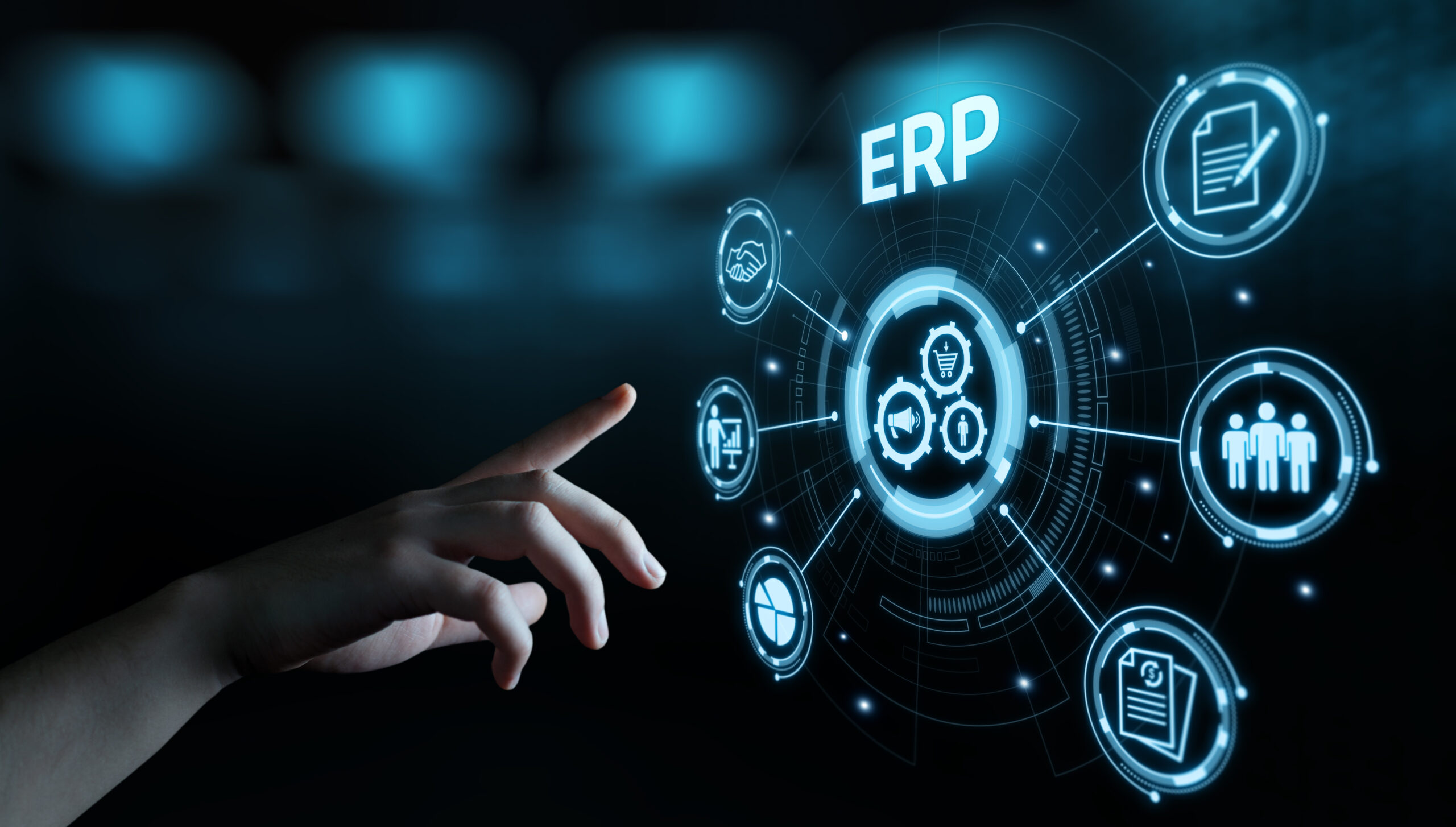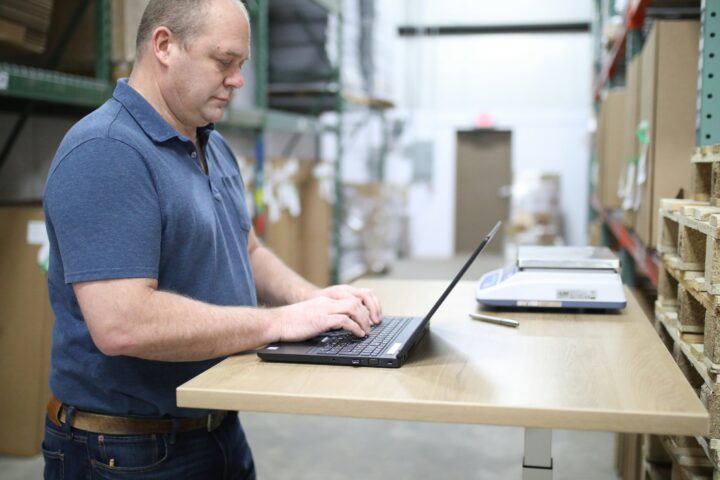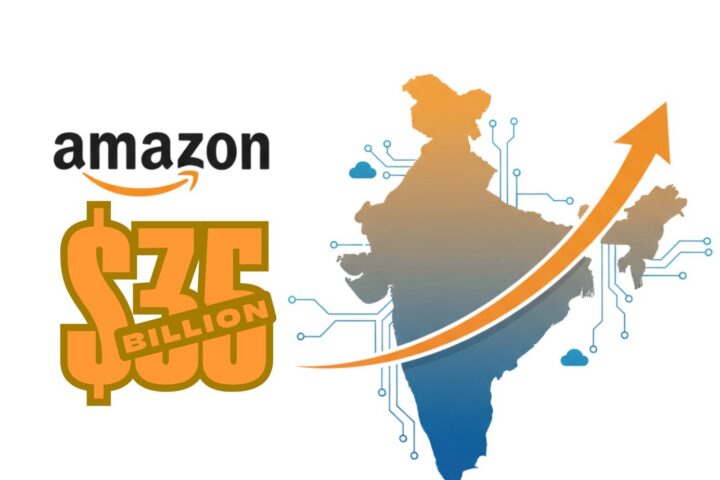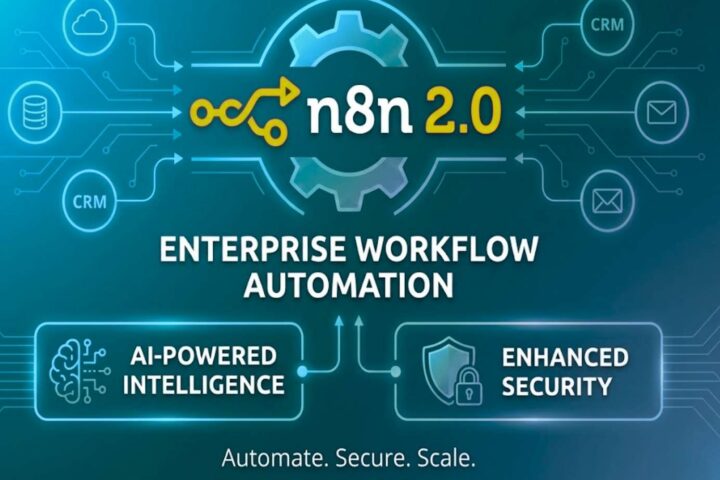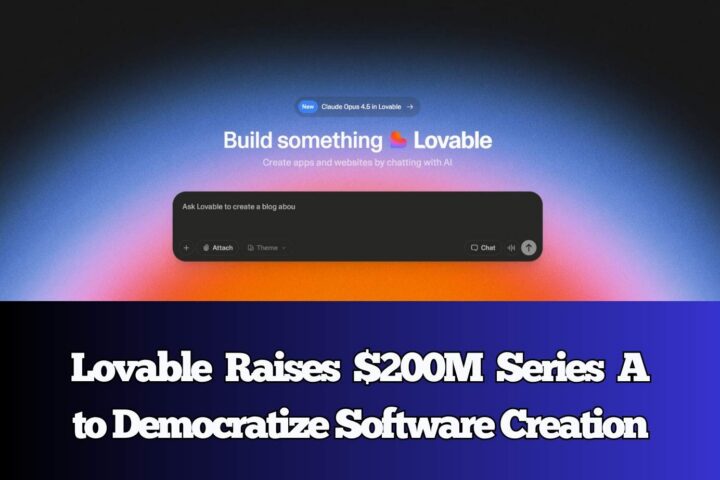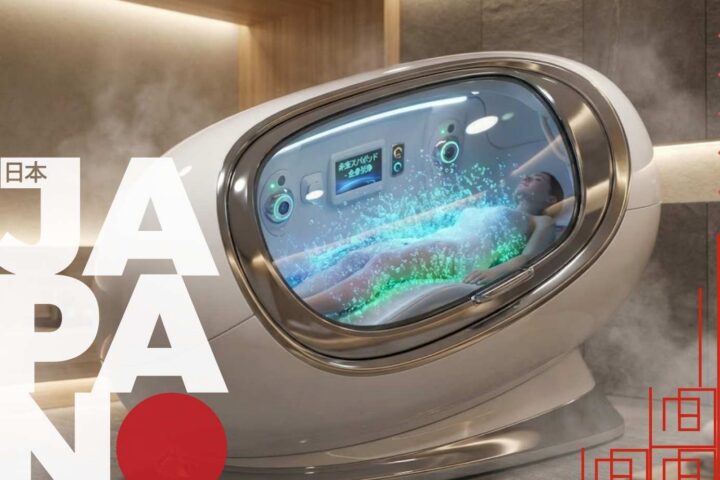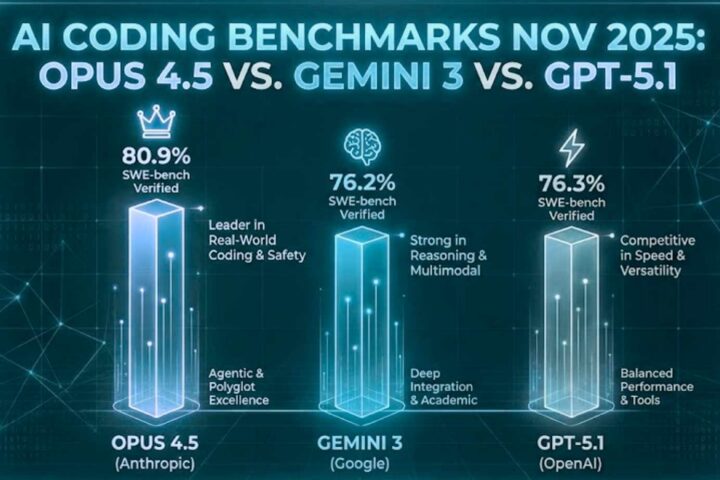Running a business feels like conducting an orchestra – you need to juggle multiple instruments, ensure overall harmony, and deliver a captivating performance.
But unlike a simple melody, your business symphony involves complex processes, intricate inventory management, and the delicate dance between supply and demand. This is where two key players emerge: Material Requirements Planning (MRP) and Enterprise Resource Planning (ERP), each offering distinct melodies to orchestrate your business success. But which system strikes the perfect chord for your company?
Continue reading to learn more.
MRP: The Manufacturing Champion
Imagine a conductor, meticulously waving their baton, ensuring each instrument contributes its part to a flawless performance. That’s the essence of MRP software. This software maestro focuses on the heart of manufacturing – production planning and inventory management.
MRP analyzes your sales forecasts, bill of materials, and lead times to calculate the exact amount of raw materials, components, and finished products you need, precisely when you need them. Akin to a skilled conductor, MRP prevents costly stockouts or overstocking, ensuring the right materials are in the right place at the right time, avoiding both the screeching halt of empty shelves and the discordant notes of excess inventory.
In addition, MRP empowers manufacturers with:
- Capacity Planning: Optimizing resource allocation across workstations and machines to avoid bottlenecks and maximize production output.
- Shop Floor Control: Providing real-time visibility into production progress, material usage, and potential quality issues, enabling swift corrective actions.
- Improved Forecasting: Utilizing historical data and market trends to generate more accurate sales forecasts, leading to better production planning and reduced waste.
ERP: The Business Champion
Now, imagine a full-fledged orchestra, each instrument blending seamlessly to create a unified masterpiece. That’s what ERP does best. It’s not just about production; it’s about harmoniously blending all the instruments of your business – finance, accounting, human resources, customer relationship management (CRM), and more.
Think of a single platform where sales orders trigger purchase orders automatically, inventory updates instantly reflect in financial reports, and customer service reps have immediate access to order history. That’s the magic of ERP – a unified view of your entire business, eliminating data silos and inefficiencies, and ensuring every department plays its part in perfect harmony.
With ERP, client inquiries trigger project creation, resource allocation is optimized based on team expertise and availability, and invoices are automatically generated upon project completion. The system provides a unified platform for:
- Project Management: Streamlining project planning, tracking progress, and ensuring timely delivery within budget.
- Resource Allocation: Matching the right people with the right projects based on skills and availability, maximizing team utilization.
- Customer Service: Offering a central repository for client information, communication history, and service records, enabling personalized and efficient customer interactions.
MRP vs. ERP: Choosing What System To Use For Your Business
Now, the important question needs to be asked: which system should you choose? Like selecting the instruments for your orchestra, it depends on the unique rhythm of your business.
If you own a manufacturing company focused on optimizing production and inventory, MRP might be your perfect conductor. On the other hand, if you’re a multi-faceted business seeking comprehensive operational excellence, ERP’s all-encompassing harmony might be more suitable. Consider these factors when making your choice:
- Industry: If your business revolves around physical production, MRP is a strong contender. For service-based businesses, ERP’s broader scope might be more relevant to your business needs.
- Business Size: Smaller companies with simpler needs might find MRP sufficient, while larger enterprises with complex operations often benefit from ERP’s comprehensive approach.
- Budget: MRP solutions tend to be more affordable than full-fledged ERP systems, especially for smaller businesses.
- Integration Needs: If you require seamless integration across all departments, ERP’s unified platform shines.
Another Business Viewpoint On Which System To Choose
Remember, the business world is rarely black and white. Some companies, particularly those with complex manufacturing needs coupled with broader operational demands, might find a hybrid approach ideal. This could involve using an MRP system for core production planning and inventory management, while integrating it with an ERP system for finance, human resources (HR), and other functionalities.
Finding The Right Software Vendor To Work With
Once you’ve identified the relevant to your business needs, selecting the right vendor is crucial.
First, conduct thorough research about various companies offering MRP or ERP services. Then, compare features and pricing, and don’t shy away from seeking references from fellow entrepreneurs and business managers. Look for vendors with experience in your industry and a proven track record of successful implementations. Remember, the vendor is your partner in this digital transformation journey, so choose wisely – your choice will either make or break your operations.
Technological Trends That May Impact Business MRP And ERP
The business software landscape is constantly evolving, and both MRP and ERP are embracing new technologies such as:
- Cloud-based solutions offer greater flexibility, scalability, and accessibility for businesses of all sizes.
- Artificial intelligence (AI) can be utilized as leverage for demand forecasting, predictive maintenance, and automated tasks, further optimizing efficiency and decision-making.
- Internet of Things (IoT) and integrating real-time data from connected devices, like sensors and machines, provide deeper insights into production processes and customer behavior.
In Conclusion
Implementing a new system like MRP or ERP can be like learning a new instrument – it takes practice, dedication, and a willingness to adjust the tempo. But with the right software system, a supportive vendor, and a commitment to continuous improvement, you can create a truly harmonious business symphony, where every department plays its part flawlessly, leading to increased efficiency, productivity, and profitability.

